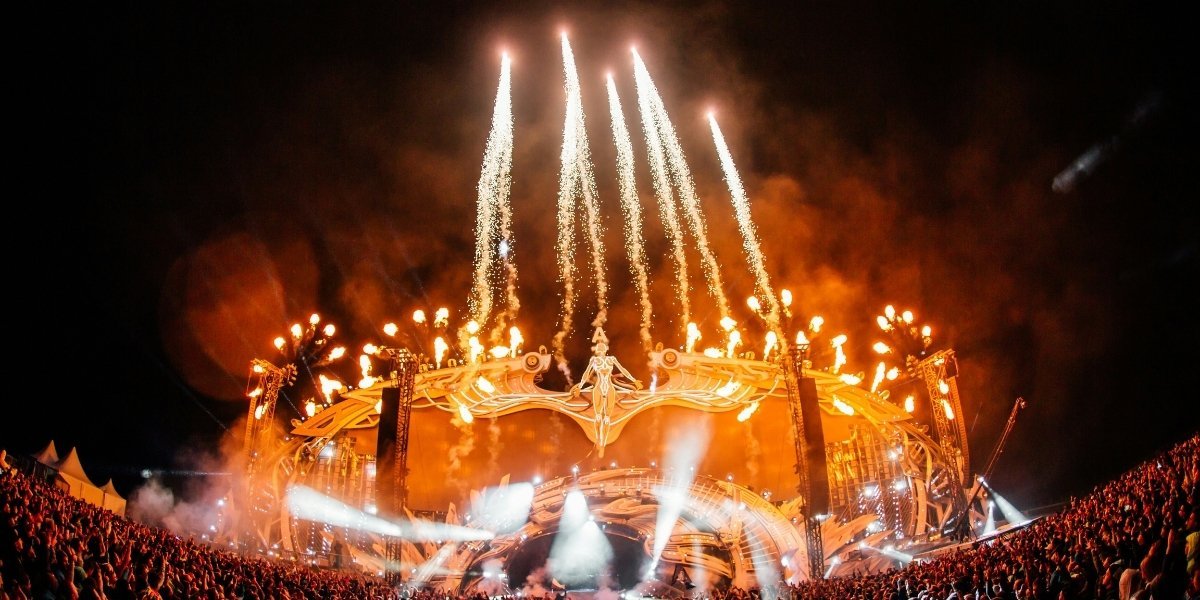Natural lighting plays a crucial role in the visual storytelling of films, enhancing the mood, atmosphere, and overall cinematic experience for viewers. Unlike artificial lighting, which can sometimes feel staged or artificial, natural lighting brings a sense of authenticity and realism to film scenes, immersing viewers in the world of the story and creating a more compelling viewing experience. In this article, we’ll explore the beauty of natural lighting in films and how filmmakers harness its power to create stunning visuals and evoke powerful emotions.
1. Authenticity and Realism
One of the most significant advantages of using natural lighting in films is its ability to create a sense of authenticity and realism. Natural light behaves in a way that artificial light cannot replicate, casting subtle shadows, shifting in intensity and color temperature throughout the day, and creating dynamic lighting effects that mimic the natural world. This realism helps to immerse viewers in the story and transport them to the world of the film, making the characters and settings feel more lifelike and believable.
2. Mood and Atmosphere
Natural lighting also plays a crucial role in setting the mood and atmosphere of a film. Different times of day and weather conditions can dramatically affect the quality and character of natural light, allowing filmmakers to use light to convey a wide range of emotions and moods. For example, the soft, warm light of a golden hour sunset can create a sense of warmth and nostalgia, while the harsh, stark light of midday sun can evoke feelings of tension and drama. By carefully choosing the time of day and location for filming, filmmakers can manipulate natural light to enhance the emotional impact of a scene and create a more immersive viewing experience for audiences.
3. Cinematic Beauty
Natural lighting has an inherent beauty that can elevate the visual quality of a film and create stunning cinematic moments. The soft, diffused light of dawn and dusk, the dramatic interplay of light and shadow in a forest canopy, and the sparkling reflections of sunlight on water are just a few examples of the breathtaking beauty that natural light can bring to a film. By capturing these moments on camera, filmmakers can create visually striking images that captivate viewers and leave a lasting impression.
4. Flexibility and Adaptability
Another advantage of natural lighting is its flexibility and adaptability to different filming conditions. Unlike artificial lighting, which requires extensive setup and equipment, natural light is readily available and can be used in a variety of shooting locations and situations. Filmmakers can take advantage of natural light to shoot on location in remote or outdoor settings, capturing the unique beauty of the natural world without the need for elaborate lighting setups. This flexibility allows filmmakers to be more spontaneous and creative in their approach to filmmaking, resulting in more dynamic and visually engaging films.
5. Cost-Effectiveness
Using natural lighting in films can also be more cost-effective than relying on artificial lighting setups. While artificial lighting can be expensive to rent, set up, and operate, natural light is free and readily available, reducing production costs and allowing filmmakers to allocate resources to other aspects of the production. Additionally, natural lighting can often yield more natural-looking results than artificial lighting, saving time and money on post-production editing and color correction.
6. Emotional Impact
Finally, natural lighting has a powerful emotional impact on viewers, evoking feelings of warmth, nostalgia, tranquility, or excitement depending on the mood and atmosphere of the scene. The soft, diffused light of a sunrise can symbolize hope and new beginnings, while the deep shadows cast by a setting sun can convey a sense of mystery and anticipation. By harnessing the emotional power of natural light, filmmakers can create more emotionally resonant and memorable cinematic experiences for audiences.
The Crucial Impact of Natural Lighting
Natural lighting plays a crucial role in the visual storytelling of films, enhancing authenticity, mood, atmosphere, and emotional impact. By harnessing the beauty and versatility of natural light, filmmakers can create visually stunning images that captivate viewers and transport them to the world of the story. Whether it’s capturing the soft, diffused light of a sunrise or the dramatic interplay of light and shadow in a forest, natural lighting adds depth, richness, and cinematic beauty to films, elevating the overall viewing experience for audiences.















